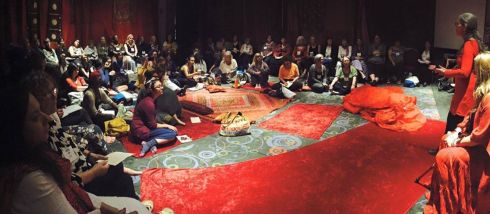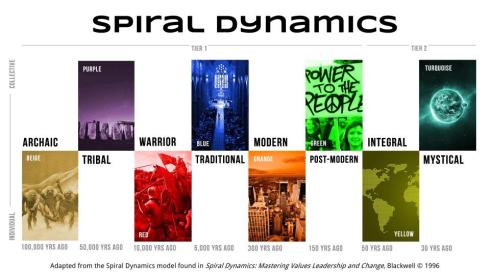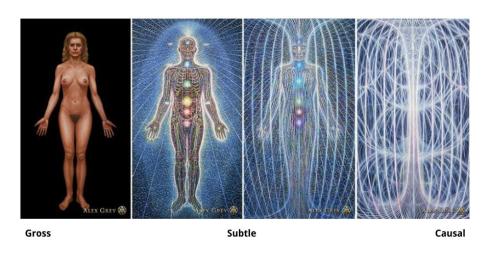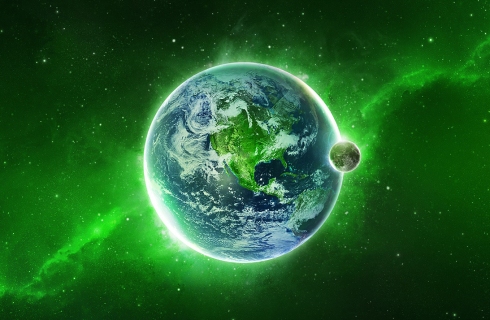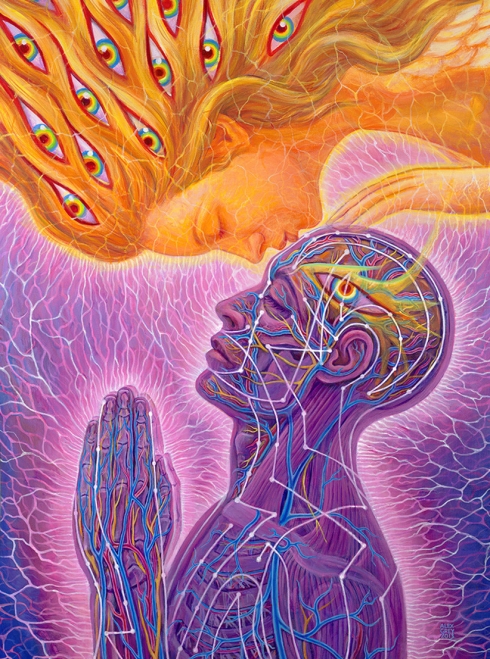
Kiss of the Muse, Alex Grey
The following is an excerpt from the book, Integral Church: A Handbook for Spiritual Communities.
What, Me Pray?
For most people at a modern or rational stage of development, prayer is something for children and the superstitious. Its etymology is from the Old French preier (“ask, entreat”) which is derived from the Latin word precari, which means to “ask earnestly” or “beg.” And in the modern world, begging is something that poor people do.
Most of my young adult life, I considered prayers to be uttered before meals, before bed each night or to be reserved for when someone was injured or dying. My family didn’t model this behavior, but I assumed other (Christian) families did.
When I discovered the Unity Church and the New Thought movement, my eyes were opened to prayer as a form of dialogue with Source (or Christ Consciousness). I embraced my “allergy” to prayer and jumped in with both feet, studying and practicing the act of prayer and serving as a chaplain for a thriving church community from 2012-2014.
Just like yoga and meditation, I learned that there are different methods (or modes) of prayer, and hundreds of ways to actually pray.
Dialogue and the Other
The idea of God is so personal that the way each individual relates to God (with fear, awe, devotion or worship) is as unique as themselves (not to mention framed by their current geography and cultural worldview and colored by shadow material from the unconscious mind). The Ultimate Other looks, feels and sounds different to everyone.
There are three perspectives from which all of us might describe and experience God (or the idea of God) — 1st-person (the interior of the individual, meditative, internal arising of Spirit, witnessing), 2nd-person (the other, relational, one-on-one/face-to-face, devotion, prayer, God the Father, Mother Earth, various deities) and 3rd-person (the physical universe, nature, science, God-as-the-Kosmos, Spirit-in-Action, all that is observable and that we may witness, tat tvat asam). Put simply, we can talk “as God,” “to God,” or “about God.” These three value spheres (see Chapter 2) are useful when discussing or contemplating spirituality. All three are very real perspectives, and all three simultaneously arise together.
It is this 2nd-person language (talking “to God”) that we use when we pray.
Prayer is sometimes looked down on as being a subservient act. When most people think of prayer, they think of a plea or an appeal to God(s) in the sky for their desired outcome to be granted. Part of the reason we may not be comfortable with this form of dialogue is that the “other” is 1) outside ourselves, 2) invisible and 3) more powerful than we are. Most of us are told, when we move into the stage of development known as modernism – and are exposed to the branches of science and philosophy – that no self-respecting human being would prostrate themselves before this kind of creator God.
But this assumes that the power (to create meaning or change) resides somewhere outside of ourselves. And for the traditionally religious, this is true (or, at the very least God remains worthy of our reverence, awe and devotion).
Post-modern forms of prayer (centering, affirmative) simply assume and strive to express what already is. When you pray in the affirmative, you declare that you are not broken or fallen or diseased, but that you have the infinite power within you to heal yourself, and to live your highest potential. When you practice centering prayer, you invoke the perfection of the moment and all thoughts that may be arising (including the prayer itself).
When you pray, you are engaging with Spirit-in-Action in 2nd person language (addressing the “thou” or Ultimate Other). And unlike meditation, where the goal is to let thoughts go completely, prayer is the training of our actual thoughts to be more positive, kind, gentle, loving and forgiving.
Prayer is a way of aligning your mind with the Divine (or what Sri Aurobindo called Supermind). If meditation is the act of being unattached from your thoughts and simply letting them drift away, then prayer is the act of holding onto and turning your thoughts, one at a time, over and over in your hands until they are perfect. Until they have been smoothed like stones in a river. Continue reading








